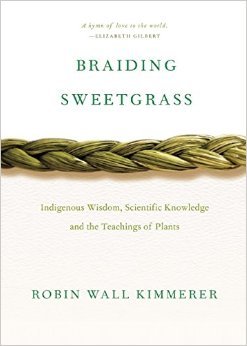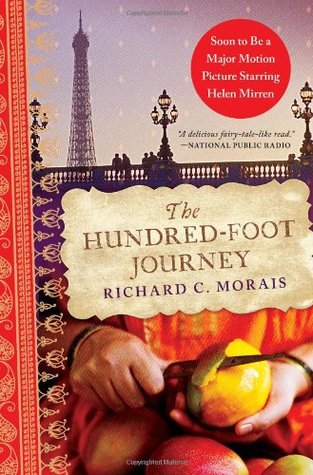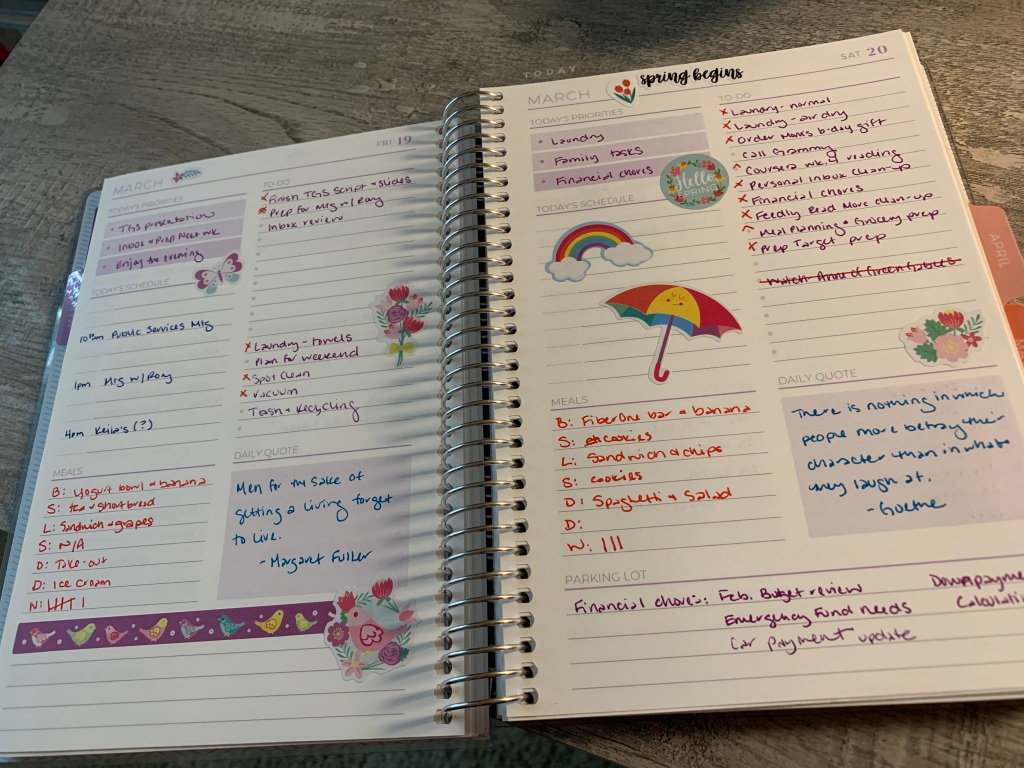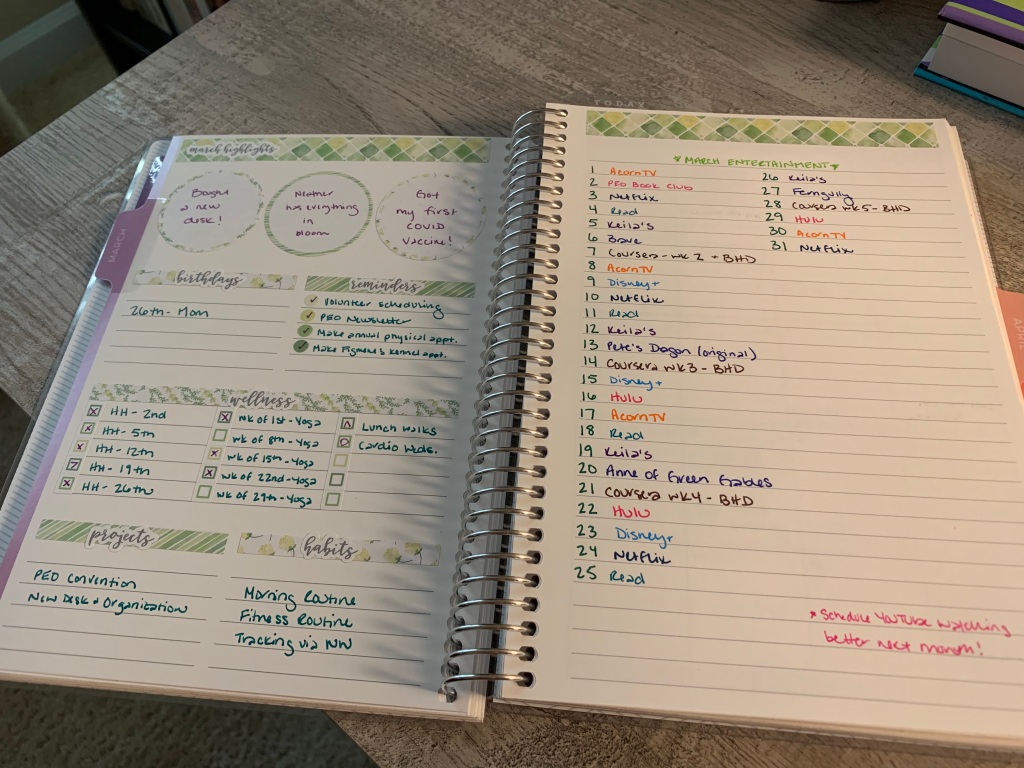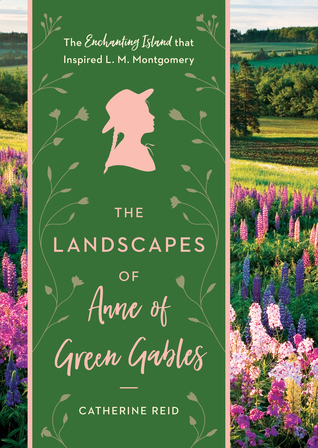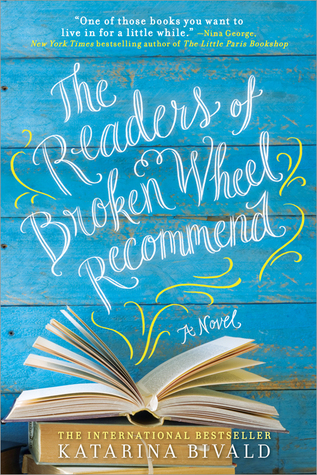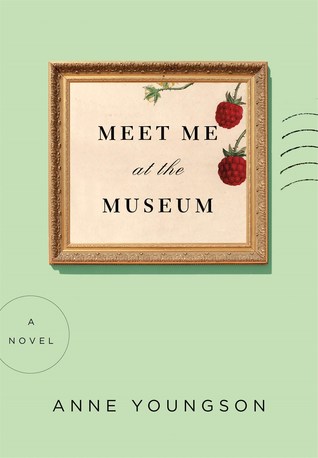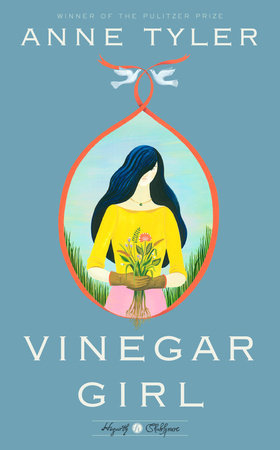It’s been awhile since I posted here. Blogging and journaling was something I very much let fall by the wayside in 2021 and 2022, no matter how many times I added it to my MakseLife Weekly Actions lists or scheduled it in my planner. I am very much a writer who needs to “be in the mood” or have something I really need to share before I sit and type out my thoughts. But…2022 was also a year I fell into so many different ruts, the road is pretty much obliterated at this point. I think, no, I know, I have been in a rut for a long time now but 2022 really brought that home to me. It was a year of big change for me, I bought a house!, and I don’t do change well so, as you can imagine, I’ve pretty much been a highly functioning mess since 2020 at this point. In times of upheaval, I lean heavily into my comforts – my comfort reads, my comfort watches, my comfort foods. I pretty much stop reading/watching/consuming/doing much of anything new. I think we can all agree this is not healthy but I was able to coast for a long time in this mode. However, I would very much like to focus on new things in 2023.
So, my word of the year is Zest. I’d like to get some zest back in my life through just bringing new things into my life. This is as simple as reading a new book at least twice a month rather than just re-reading the same titles over and over. As simple as making myself watch at least one new TV series each month rather than watching the same episodes of Agatha Raisin and Brokenwood Mysteries over and over again (yes, my comfort watches are cozy murder mysteries…we won’t dwell). I know this isn’t hard in theory but oh, it’s so easy to just say, I’ll put on this episode in the background so I don’t need to pay attention while I do these other five things but…that’s the problem. I’m not actually doing anything useful or really fun at that point. I have noise. I have become a household that must always have noise in the background and I’m not OK with that. I want to watch and enjoy and pay attention to these shows and books I chose to send time with. Attention is a major issue with me right now. I pretty much lost the ability to focus and concentrate well on anything at least a year ago, if not longer and it’s long past time I acknowledged that problem and starting working on dealing with it.
So, I approached my 2023 yearly goals with this in mind. I want to rest and re-focus and enjoy and have zest for my daily life again. I have felt “meh” for a long time now and I am tired of it so we’re going to go slow and steady into this new year with a plan that will hopefully get me started on a newer, cleaner path. The ruts will take me some time to work out of – I’m not going to suddenly get out of habits I’ve been cultivating for almost three years now – but I think I’m ready to work my way out them, something I haven’t been interested in until now. So, here’s a 2023 in which I work to bring some zest back into my life, even if that’s simply me actually reading the TBR books on my shelf and making a dent in my ever growing to-watch lists on far too many streaming services to name. As one of my favorite goal YouTubers always reminds us, small progress is still progress so may we all have small progress in 2023 to feel like we’re heading in to the right direction.
